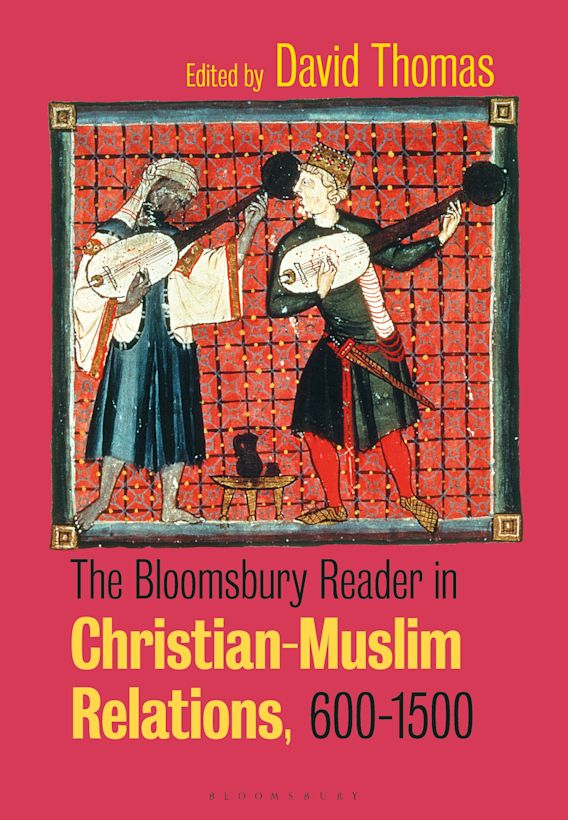Upcoming Publication: Christian-Muslim Relations, 600-1500 (Bloomsbury, 2022)
Bloomsbury is set to release a new anthology in January, 2022, The Bloomsbury Reader in Christian-Muslim Relations, 600-1500, edited by David Thomas. Interested readers can pre-order here.

Description: This reader brings together 50 extracts from the major works left by Christians and Muslims that reflect their reciprocal knowledge and attitudes. It spans the early 7th century, when Islam originated, to 1500. The general introduction provides a historical and geographical summary of Christian-Muslim encounters in the period and a short account of the religious, intellectual and social circumstances in which encounters took place and works were written. Nearly all the translations are new, and a map is provided. On the Christian side topics include: condemnations of the Qur’an as a fake and Muhammad as a fraud, depictions of Islam as a sign of the final judgement, and proofs that it was a Christian heresy. On the Muslim side they include: demonstrations of the Bible as corrupt, proofs that Christian doctrines were illogical, comments on the inferior status of Christians, and accounts of Christian and Muslim scholars in collaboration together.
Table of Contents
General Introduction, David Thomas (University of Birmingham, UK)
1. Muslim Arabic works
Introduction, David Thomas (University of Birmingham, UK)
2. Christian Arabic works
Introduction, David Thomas (University of Birmingham, UK)
3. Andalusian Arabic works
Introduction, Juan Pedro Monferrer Sala (University of Cordoba, Spain)
4. Syriac, Persian and other Eastern language works
Introduction, Thomas Carlson (Oklahoma State University, USA)
5. Greek works
Introduction, Johannes Pahlitzsch (University of Mainz, Germany)
6. Latin and European vernacular works
Introduction, Graham Barrett (University of Lincoln, UK)
7. Table of themes
8. List of contributors
Index
Product details
| Published | Jan 13 2022 |
|---|---|
| Format | Hardback |
| Edition | 1st |
| Extent | 272 |
| ISBN | 9781350214101 |
| Imprint | Bloomsbury Academic |
| Dimensions | 9 x 6 inches |
| Publisher | Bloomsbury Publishing |
© International Qur’anic Studies Association, 2021. All rights reserved.

